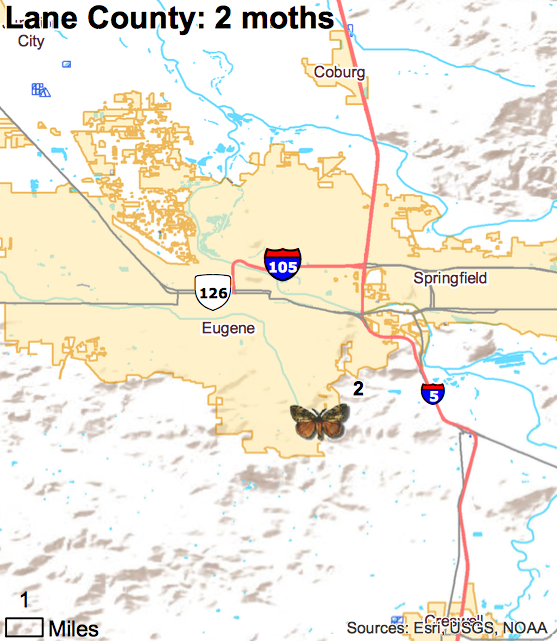Meet The Five New Council Members - 2018
/Each year, the Oregon Invasive Species Council (OISC) sends out a request for nominations to fill empty Council seats that become available at the end of the year. Council members are drawn from government agencies, tribes, universities, industries, organizations, and individuals with an interest and expertise in some aspect of invasive species management and strong nominees have expertise in one or more of the following areas: environmental law; marine and estuary ecology; aquaculture, horticulture; weed control; small woodlands; parks and recreation; science education/K-12; pet industry; regional coordination; and seed or nursery industry. More recently, the council has also particularly interested in gaining representation from Eastern, Southern, or Central Oregon.
In December 2017, five new Council members were selected for 2018. With many well-qualified nominations coming in, it was a difficult task to narrow it down to only five. Thank you to everyone that submitted a nomination or letter of interest.
The Council would like to congratulate the following 2018 members:
Nicole Brooks, Customs and Border Protection
2nd term on the Council
As an Agriculture Specialist with Customs and Border Protection (CBP), Nicole’s main focus is invasive pests arriving aboard international vessels and cargo. In her first term on the Council, Nicole contributed valuable expertise and timely updates about pressing issues. She continues to support collaborative efforts such as the Don’t Pack a Pest campaign and outreach to international students about the risks associated with bringing agricultural items into the U.S.
Michelle Delepine, West Multnomah Soil & Water Conservation District
2nd term on the Council
As the Invasive Species Program Coordinator for the West Multnomah Soil & Water Conservation District, Michelle coordinates the early detection, rapid response (EDRR) program. She is also a co-chair of the 4-County Cooperative Weed Management Area, which spans Multnomah, Clackamas, Washington and Clark counties. In her first term on the Council, Michelle has been an avid supporter of enhancing communication and collaboration between a diversity of stakeholders. Her enthusiasm for tackling complex problems has been an inspiration.
Kris Crowley, Burns Paiute Tribe
1st term on the Council
Kris Crowley’s experience working on aquatic invasive species began in 2012 at the Malheur National Wildlife Refuge in Princeton, OR, where his primary focus was on the control of common carp to enhance native fish and wildlife habitat. In Fall of 2013, Kris began working at the Burns Paiute Tribe where he currently holds the position of Fisheries Program Manager. Kris is also the coordinator of the Malheur River Bull Trout Technical Advisory Committee and is involved with other collaborative groups in Eastern Oregon.
Dave Pranger, Morrow County
1st term on the Council
Dave Pranger has lived in Heppner, OR working with Morrow County as a Weed Supervisor for 28 years. He previously worked for Chemlawn Corp. (now TruGreen Lawn Care) for 5 ½ years. He is a board member and past President of Oregon Vegetation Management Association and is currently President of Oregon County Weed Control Association.
Karen Ripley, US Forest Service
1st term on the Council
Karen Ripley is a Forest Entomologist with the US Forest Service and she specializes in Forest Health Monitoring and invasive insect issues for the West Coast. She previously was an Entomologist and Forest Health Program Manager with Washington’s Department of Natural Resources, providing education and technical assistance to state land managers and private forest landowners for 23 years. She also serves as an interagency Public Information Officer during wildfires and similar incidents.









